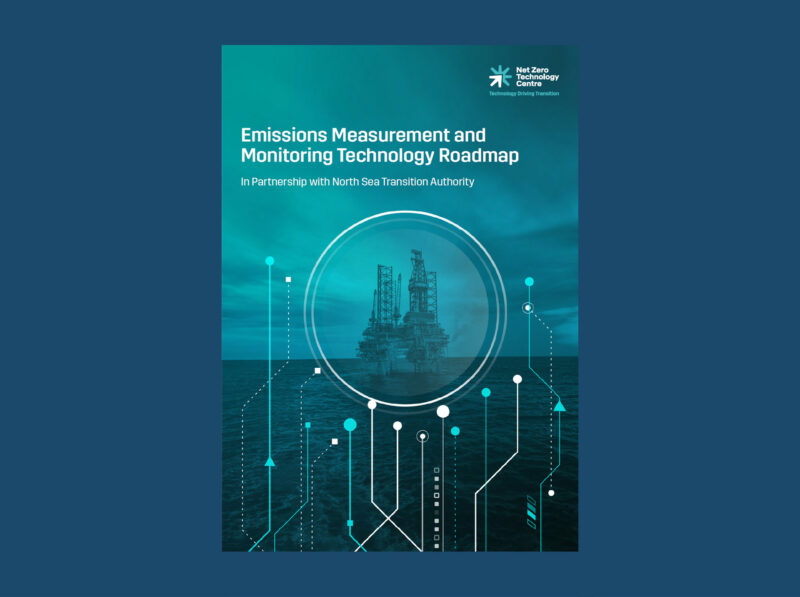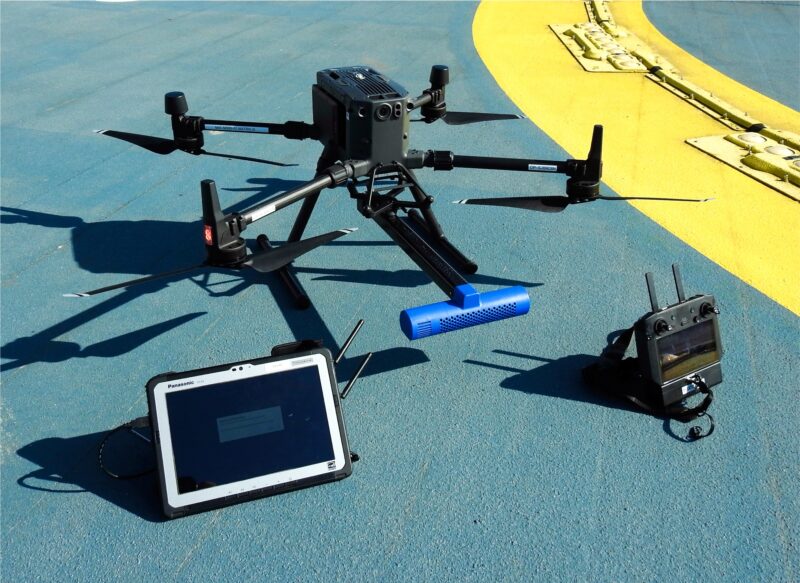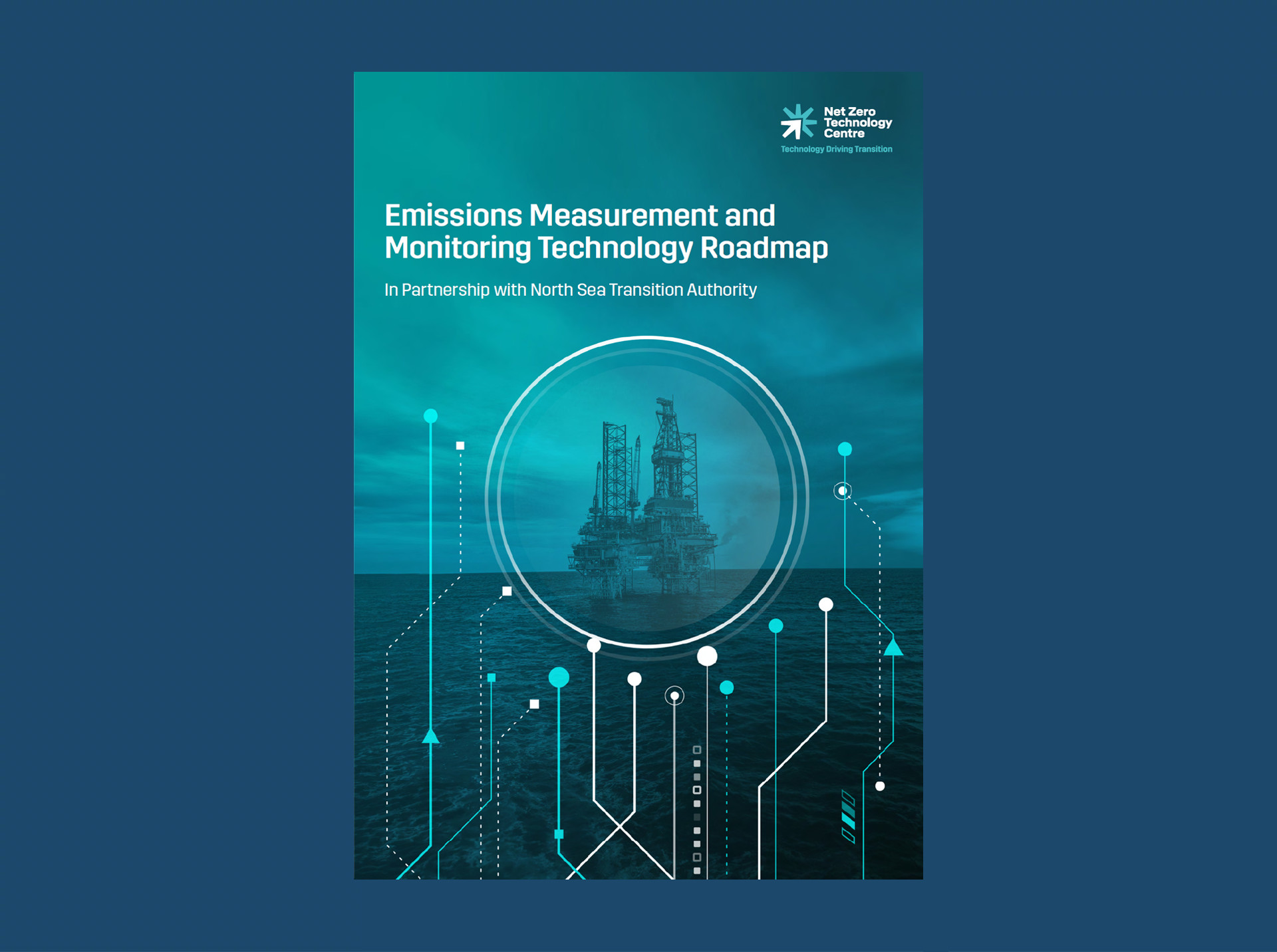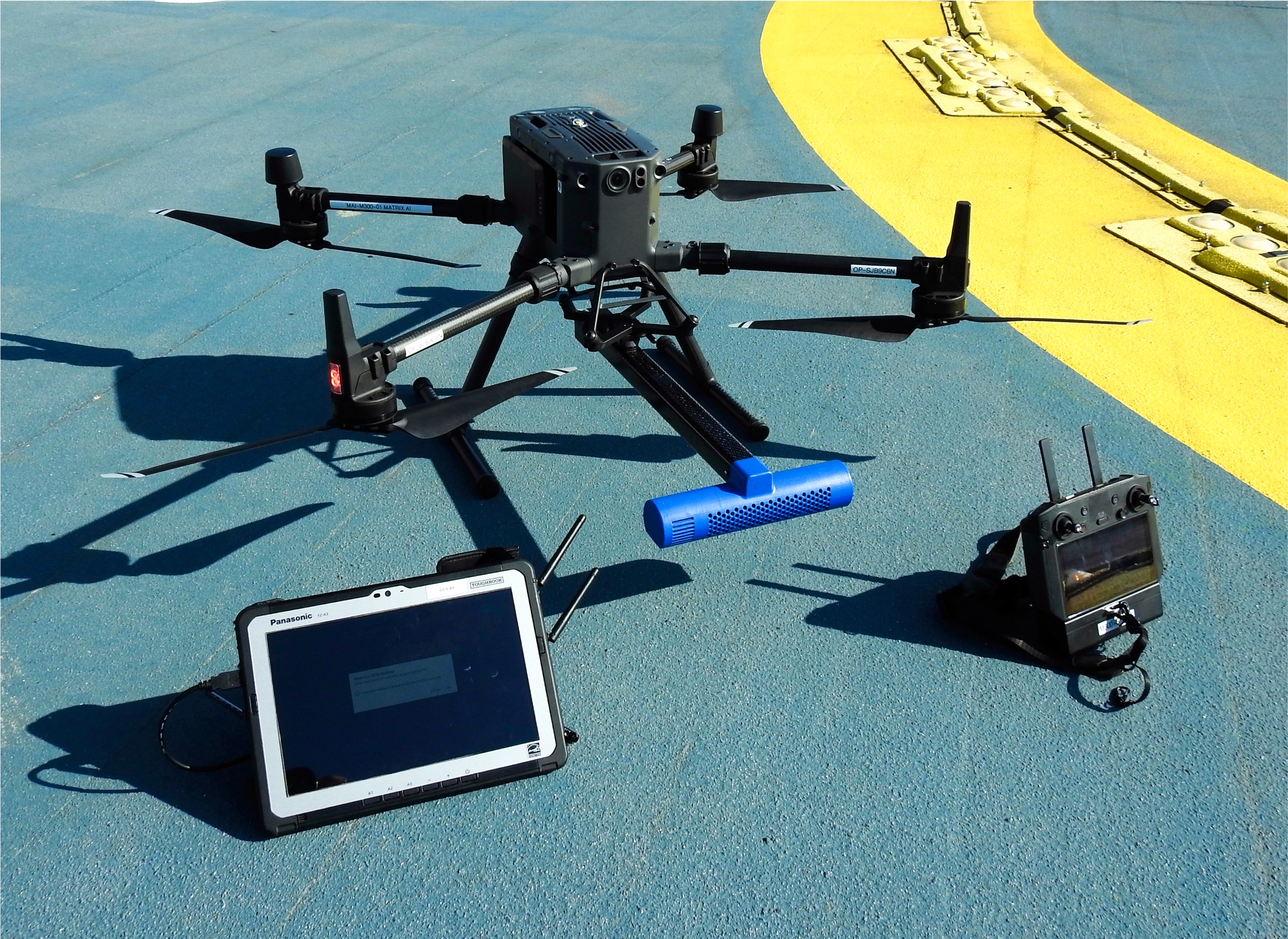Methane Measurement Collaboration
A Joint Innovation Programme focused on maximising the effectiveness of methane measurement, preventing siloed development of measurement methodologies.
Effective methane measurement is key to reducing greenhouse gas emissions, ensuring regulatory compliance and enhancing safety. Early leak detection not only prevents waste and operational risks but also demonstrates a strong commitment to decarbonisation and ensuring net zero targets.
We’re creating a collaborative, commercial and operational model designed for repurpose, enabling cost-effective field trials of both new and existing technology.
Participating operators will benefit from:
- Shared opportunities in developing measurement methodologies
- Access to cutting-edge technologies
- Support in collectively influencing policymakers and regulators
Through accelerated technology development, our goal is to deepen understanding of offshore methane measurement challenges and provide new insights that address existing knowledge gaps in how to deliver trusted, reliable and consistent data, focusing on:
Reducing top-down and bottom-up uncertainties
Understanding the effects of wind shadowing
Demonstrating repeatability and reliability
Get involved
If you or your organisation are interested in getting involved, get in touch and one of our team will respond soon.
Partners
Measuring success together
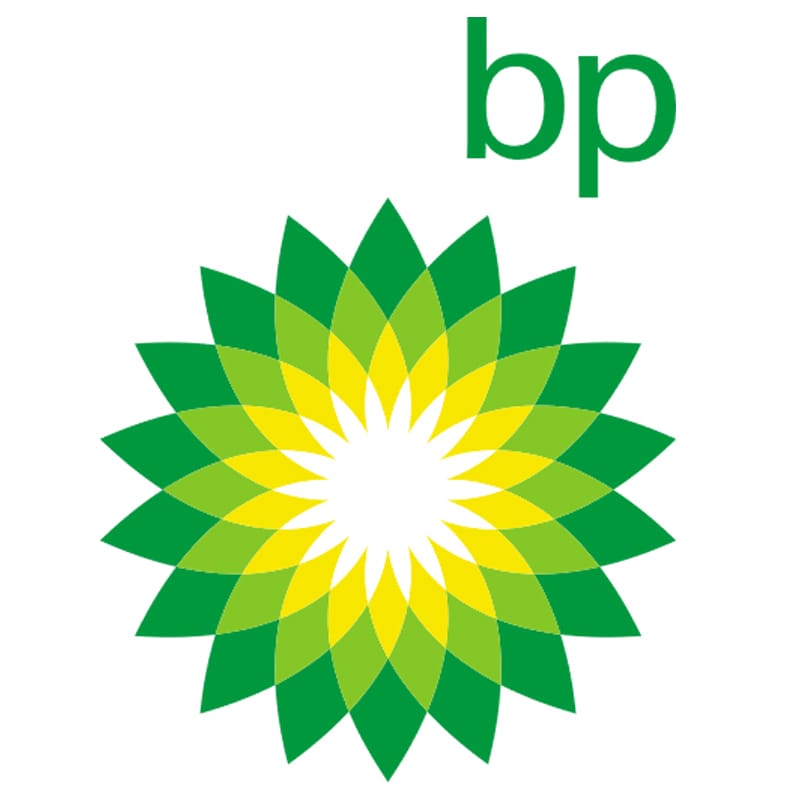
bp Exploration Operating Company Limited
bp Exploration Operating Company Limited
The world is changing fast and BP is changing with it. The mix of energy that provides heat, light and mobility for billions of people is shifting towards lower carbon sources, driven by advances in technology and growing concerns about climate change. We’re determined to play our part in this transition – helping to meet the world’s need for more energy while also reducing carbon emissions.

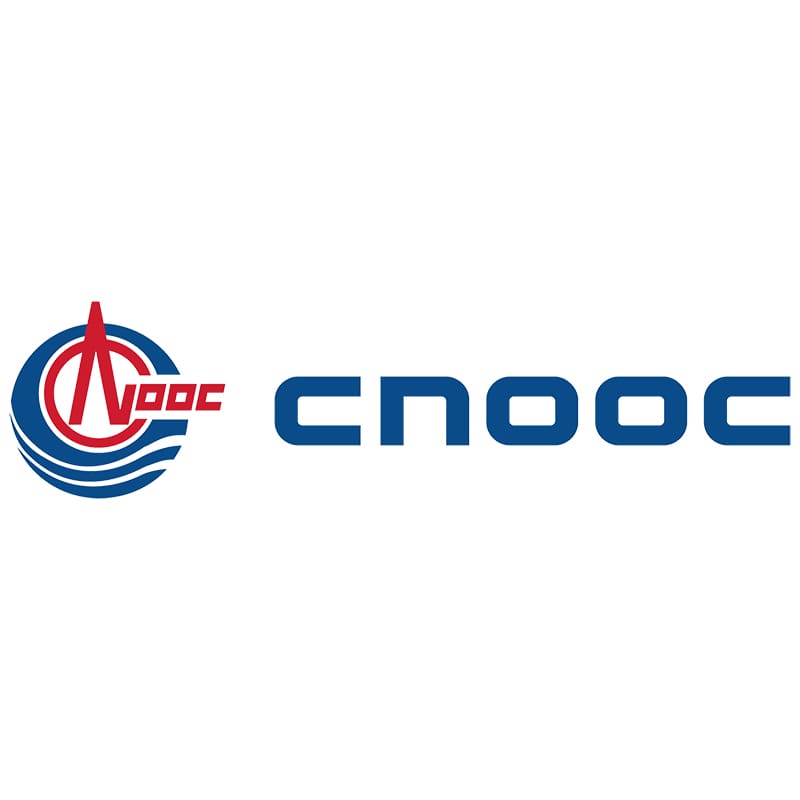
CNOOC Petroleum Europe Limited
CNOOC Petroleum Europe Limited
CNOOC is an upstream oil and gas company responsibly developing energy resources in the UK North Sea, offshore West Africa, the United States and Western Canada. A wholly-owned subsidiary of CNOOC Limited, CNOOC has three principal businesses: conventional oil and gas, oil sands and shale gas / oil.

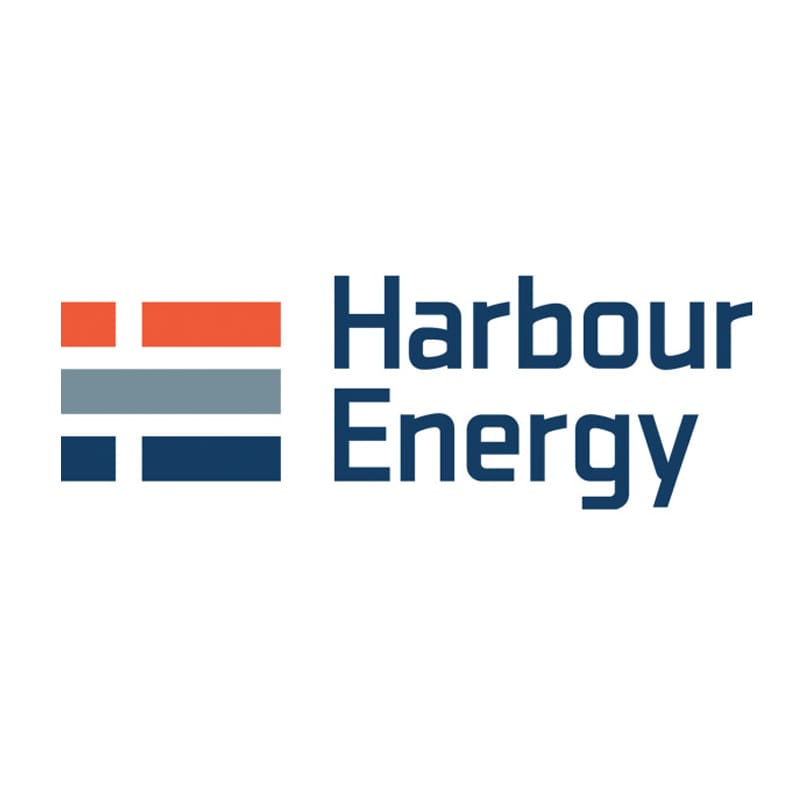
Harbour Energy
Harbour Energy
Harbour Energy is a self-sustaining full cycle E&P company, with a portfolio of assets balancing near term development with production growth, combined with significant gearing to appraisal and exploration success. We are focused on generating superior equity returns by developing and commercialising oil and gas incremental resources.


Ithaca Energy
Ithaca Energy
Ithaca Energy is an oil and gas operator focused on North Sea production, appraisal and development activities.


Serica Energy
Serica Energy
Serica is a British-based independent upstream oil and gas company with operations centred on the UK North Sea where we have the full range of exploration, development and production assets. The main focus is on building a portfolio of properties where the Company can utilise its technical, commercial and operating capabilities to add value to existing producing assets as well as to explore and develop new reserves.


SHELL GLOBAL SOLUTIONS INTERNATIONAL B.V.
SHELL GLOBAL SOLUTIONS INTERNATIONAL B.V.
Shell is a global group of energy and petrochemical companies, employing 96,000 people across more than 70 countries.

Three key technologies
The collaboration brings together three aerial methane measurement technologies to deploy for the quantification of methane emissions offshore
Flylogix
Flylogix has developed a fully remote methane monitoring system using unmanned aircraft, controlled entirely from shore.
By integrating AI, satellite communications and low-cost electronics, their solution delivers accurate, real-time emissions data with a significantly reduced environmental footprint. With over 50,000 km flown and 2.5 million methane readings recorded, Flylogix offers a cost-effective alternative to traditional offshore monitoring, up to 65 times more efficient than camera-based methods.
SINTEF Ocean
SINTEF Ocean has developed a drone-based methane measurement strategy that delivers rapid and reliable results, often within a single day.
By flying drones equipped with sensitive and fast-response sensors through the platform’s wind wake in a targeted ‘flux plane’ pattern, methane emissions are accurately measured. By also capturing CO₂ data, the system validates these readings against known turbine exhaust outputs. These top-down measurements are then compared with direct source-level data – such as produced water samples, turbine exhaust analysis, flaring activity and targeted leak detection – to confirm accuracy and support methane reduction activities.
Aeromon
Aeromon provides ISO/IEC 17025-accredited mobile emission measurement services that help industrial companies quantify and manage their emissions.
Since 2014, Aeromon has delivered reliable, traceable data to support emission reduction efforts and compliance with frameworks such as the EU Methane Regulation and OGMP 2.0 Level 5. With scalable solutions for site-level monitoring, flare efficiency measurement, and multi-parameter detection, Aeromon enables clients to improve environmental reporting, meet sustainability targets, and make informed operational decisions.
Technology under development
Other projects where we’re supporting the development of effective methane measurement technologies
Accord ESL
Accord ESL has developed a Compact Hydrocarbon Allocation Reference Model, known as CHARM.
This process simulation software can be integrated with existing operational infrastructure to deliver live flaring data. This capability could enhance methane measurement by providing real-time insights into emissions during flaring activities.
Sentinel Subsea
Sentinel Subsea’s passive technology continuously monitors suspended wells and repurposed sites for leaks.
When leaking gas and/or fluid is detected, an alert sequence is triggered. A beacon is released to the surface, sending a warning signal via satellite. This technology can also support methane measurement by detecting and alerting any methane leaks in real time.





